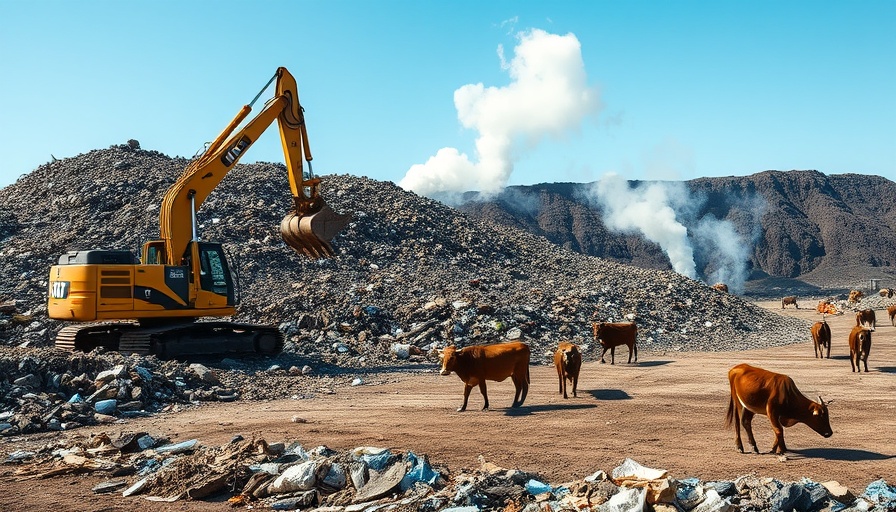
How Dark Colors Affect Home Temperature
Many homeowners today are exploring the impact of their house colors on indoor climate. When considering a fresh coat of paint, the choice of color holds more significance than just aesthetics. In regions like California, where summer heat can be intense, darker colors can subtly influence the comfort of a home. A deep hue absorbs more sunlight, potentially raising indoor temperatures. However, it's essential to balance this effect with other home characteristics such as insulation and ventilation.
Painting Strategies for Different Climates
Choosing the right color varies significantly by locality. For homeowners in colder areas, painting with richer dark colors can help retain warmth inside as the sun's rays penetrate. In contrast, those in warmer climates might want to proceed with caution. Research suggests that a Solar Reflectance Index (SRI) score plays a critical role in determining how heat absorption will affect homes. For instance, if you're in Los Angeles along the coast, a navy blue might be stylish yet efficient, while Arizona homeowners may opt for semi-dark tones, testing boundaries of comfort between form and function.
The Emotional Impact of Color Choice
Color also has psychological implications that homeowners shouldn’t overlook. While greys and deep blues can create a calming atmosphere, they can also evoke feelings of heaviness and confinement if overused. Conversely, lighter shades can brighten up spaces but may not offer the warmth desired in cooler months. Embracing a mix of tones—like pairing darker exteriors with light accents—creates visual harmony and maintains a comfortable environment.
Material Matters: Why the Right Finish is Crucial
What the paint is applied on can heavily influence energy efficiency as well. Experts recommend avoiding dark colors on materials like vinyl siding, which can warp or melt under excessive heat exposure. Meanwhile, matte finishes tend to absorb more heat than satin or semi-gloss, requiring homeowners to strive for a balance that favors durability and energy conservation.
Future Predictions: Trends in Home Design and Energy Efficiency
As energy efficiency continues to dominate housing trends, homeowners will likely seek to merge style and functionality. Home exteriors that can adapt to climate while reducing energy costs will be on the rise. The trend reflects a broader understanding that home aesthetics serve dual purposes—creating pleasing visuals while keeping energy consumption at bay. Innovations in heat-reflective paints also promise to redefine traditional notions of color choice.
Practical Tips for Energy-Efficient Home Painting
Here are some insightful practices for homeowners considering a paint upgrade:
- Use cooler color palettes in regions with high temperatures to reflect heat effectively.
- Incorporate heat-reflective paint technology to minimize internal heating.
- Consider the color dynamics based on the home’s orientation to sunlight and surrounding landscape.
- Seek local experts who understand the specific climatic needs of your area.
Conclusion: Find the Right Balance for Your Home
Ultimately, the decision to paint your house a dark color boils down to personal preference, practicality, and regional climate needs. As you embark on your painting project, consider how your choice will impact both energy efficiency and emotional well-being within your living space. A well-balanced approach will ensure not just a beautiful home, but a comfortable one too.
 Add Row
Add Row  Add
Add 




Write A Comment